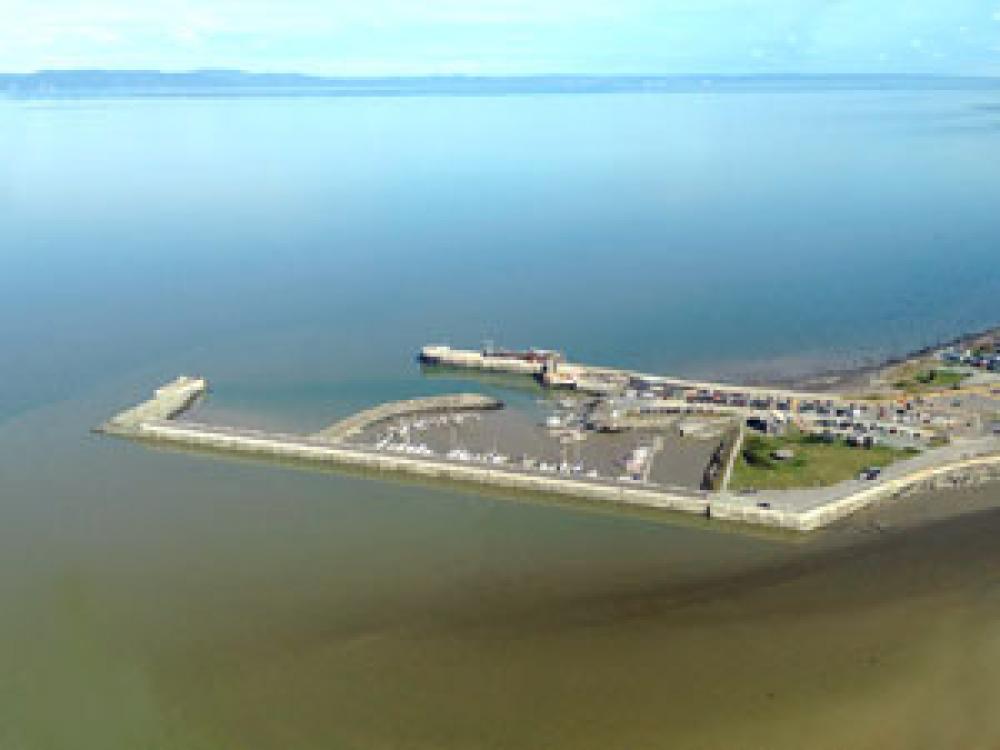
Fish Nurseries in the St. Lawrence Estuary Under the Influence of Climatic Variations
Along the southern shores of the St. Lawrence Estuary, between La Pocatière and Rivière-du-Loup, there are nurseries welcoming the larvae of two species of fish: the Atlantic Herring and Rainbow Smelt. They are important prey for several other species of fish, birds, and marine mammals. These nurseries are dynamic environments that form at the same location, year after year in the spring, due to the particular topography of the seabed and the hydrodynamic conditions, dependent on the flow of fresh and marine waters. These conditions allow the larvae to be retained in the estuary and to grow.
The existence of these larval retention areas has been known for more than 40 years, but are they permanent? Have changes in the ecosystem over the past few years affected these nurseries?
The nurseries are located at the junction of land and sea. The number of larvae that are transported there and their growth conditions can be influenced by global oceanographic conditions and by local climatic conditions. The herring is a marine species that spawns along the islands of the Estuary each spring. For its part, the smelt lives in the Estuary throughout the year and spawns in the rivers. The differences between the two species would suggest that they would react differently to climate and environmental changes that have occurred over the years. This is not the case. The larval numbers of these two species have varied synchronously in two bays on the south shore of the Estuary in July, between 2002 and 2013. The larvae were abundant in 2008 and 2011, when the river flows were strong early in spring and water temperatures moderate in summer. They were very scarce in 2006 and 2012, in low water flow conditions in the spring and high summer temperatures.
The timing and strength of the spring flooding of the south shore rivers are therefore important factors influencing the life-support function of the Estuary. They are likely to vary depending on the local climate, including rainfall quantities in the watershed of the south shore rivers. For their part, the quantities of water in the rivers discharged into the bays where the larvae are growing have an impact on the amount of nutrients, the thermal regime, the volume of available habitat, and perhaps also the risks of predation. When looking at historical variations of spring flows of tributaries (for example, the Rivière du Loup) from 1979 to 2013, it is during the last decade that the strongest variations have been observed.
The Estuary’s fish nurseries are far from being permanent, and it is very possible that future climatic conditions will affect the local production of young fish in the Estuary, which will have significant consequences for the ecosystem in the Upper Estuary.
Catherine Couillard
Science

ROMM E. Blier
Port facilities in Rivière-du-Loup

Larvae density in July, from 2002 to 2013, in the nurseries of the St. Lawrence Estuary based on the flow rate of tributaries.

Variations in the flow rate of Rivière du Loup in early May, from 1979 to 2014





